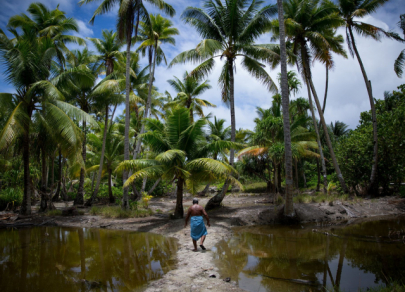FX.co ★ Ten little-known countries
Ten little-known countries
Tuvalu
Tuvalu is a tiny nation located in the southern Pacific Ocean, situated between Hawaii and Australia and consisting of nine coral atolls. Its population is around 11,000, primarily descendants of Polynesians. Tuvalu attracts travelers with its pristine beaches, turquoise lagoons, and rich culture. Today, the country serves as a symbol of the fight against global warming, with scientists and tourists visiting to witness how life on these endangered islands is changing.
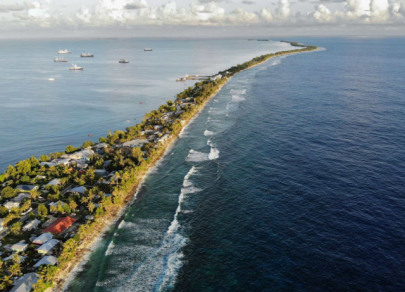
Nauru
Nauru is one of the smallest and least-known countries in the world, located on an island in the western Pacific Ocean, just south of the equator. The country has a population of approximately 12,000 people, most of whom are descendants of Micronesian peoples. Nauru gained fame for its vast phosphate reserves, which once made it one of the richest countries by income per capita. Today, tourists are drawn to its unique blend of natural landscapes, industrial heritage, and the authentic cultural traditions of its islanders.
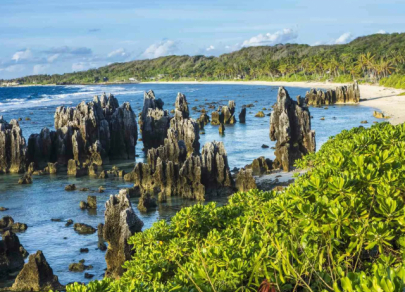
South Sudan
South Sudan is the youngest country on the planet, having emerged in 2011 after seceding from Sudan. It is located in East Africa and borders six countries. The population of South Sudan is about 11 million, with its culture reflecting the traditions of over 60 ethnic groups. Despite internal challenges, the country attracts travelers with its unique national parks that are home to elephants, giraffes, and rare bird species, as well as the rich cultural heritage of its native peoples and their traditional rituals.
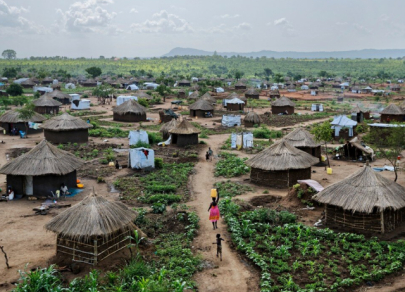
Marshall Islands
The Marshall Islands are located in the central Pacific Ocean between Hawaii and Australia and consist of more than 1,200 islands and atolls. Today, about 60,000 people live here, primarily descendants of Micronesian groups. The islands are famous for their picturesque lagoons, crystal-clear waters, and rich underwater life, making them ideal for diving and snorkeling. Tourists are also drawn to the unique maritime culture, and some atolls bear memories of the nuclear testing era during the Cold War.
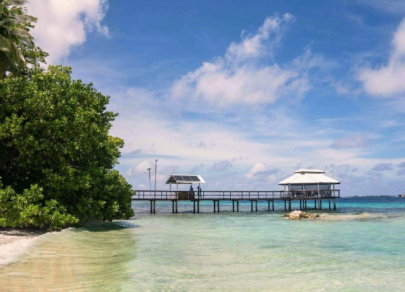
Guinea-Bissau
Guinea-Bissau is a small West African country on the Atlantic Ocean with a population of about 2 million. Here, African and Portuguese traditions, remnants from colonial times, blend in a fascinating way. Tourists visit Guinea-Bissau for its untouched mangrove forests, colorful markets, and the unique Bijagos archipelago, where the authentic way of life of local tribes is preserved. The country is noted for its ethnic diversity, traditional music, and exotic nature, including rare species of birds and sea turtles.
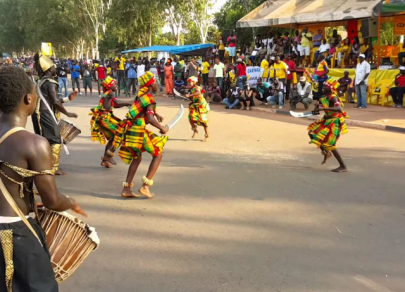
Federated States of Micronesia
The Federated States of Micronesia is a country in the western Pacific Ocean, situated between the Philippines and Hawaii. Covering hundreds of islands and atolls, it has a population of about 115,000, representing various Micronesian peoples. Micronesia is renowned for its rich culture, which has preserved maritime traditions and crafts, as well as for its stunning natural beauty that includes picturesque lagoons, pristine beaches, unique coral reefs, and the mysterious ruins of Nan Madol.
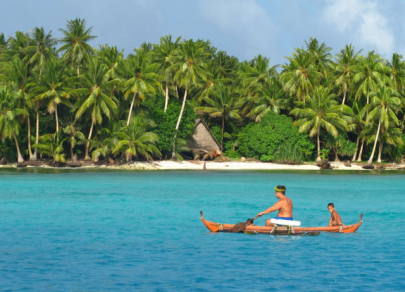
Comoros
The Comoros, located in the Indian Ocean between Madagascar and the African mainland, form a small island country with a population of about 900,000. The archipelago is famous for its harmonious blend of Arab, African, and French traditions, which is reflected in its language, cuisine, and architecture. Comoros attracts travelers with its exotic beaches, picturesque volcanic mountains, and unique flora, such as ylang-ylang and vanilla. Diving and snorkeling among the coral reefs are particularly popular attractions.
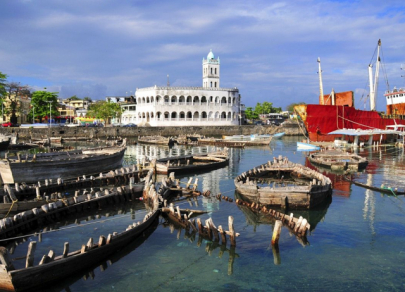
São Tomé and Principe
São Tomé and Principe is a small island nation in the Gulf of Guinea off the western coast of Central Africa. Approximately 220,000 people inhabit the two populated islands of the country. São Tomé and Principe are known for their colonial architectural heritage, secluded beaches, and rich tropical nature, including unique endemics. Tourists are drawn to the coffee plantations, scenic hiking trails through volcanic hills, as well as the opportunity to experience the local Creole culture and the tranquil pace of life on the islands.
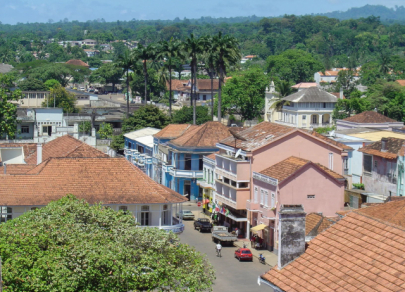
Solomon Islands
The Solomon Islands are situated in the southwestern part of the Pacific Ocean, east of Papua New Guinea, and comprise around a thousand islands. The country is home to about 700,000 people representing numerous Melanesian and Polynesian groups. The history of the Solomon Islands is marked by remnants of World War II and preserved cultural traditions of local tribes. The natural scenery is impressive, featuring dense tropical forests, waterfalls, coral reefs, and ideal conditions for diving.
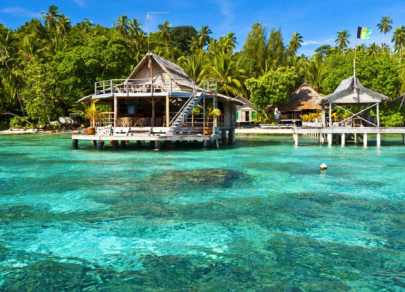
Kiribati
Kiribati is a unique island nation in the central Pacific Ocean, spreading across more than 30 atolls and islands that straddle the equator and the International Date Line. The country has a population of about 120,000, primarily consisting of Micronesian peoples. Kiribati is known for its secluded beaches, rich marine biodiversity, and unspoiled lagoons. Tourists are particularly interested in the traditional way of life, ecotourism, and the opportunity to witness sunrises that occur here first on the planet.
